‘Tis the season for pesky head lice. Check out this round-up of the best lice treatment options, from over-the-counter medications to louse and nit combing.
During back-to-school season, your child might bring home an unwanted visitor: head lice. According to the Centers for Disease Control and Prevention (CDC), anywhere from 6 million to 12 million children aged 3-11 are infested by head lice each year. The tiny insects attach to human hair and feed on the host’s blood, usually causing intense itching. But since lice move fast and avoid light, the tip-off to their presence is often their eggs (called nits), which are small gray or light-brown specks that seem glued to the hair shaft.
Lice prefer children to adults and long hair to short hair, says Alan Greene, MD, FAAP. They spread from person to person when kids’ heads touch during playtime, but the insects can also be spread by sharing clothing, headphones, hats, combs, towels, or toys. Fortunately, head lice can’t live off the head, and once separated from their human host, they can’t survive for more than two days. Proper treatment is key to warding off infestation and getting rid of the insects for good (although it’s important to note that head lice don’t carry disease).
Wondering how to treat head lice on your kids – or yourself? Check out our round-up of the best lice treatment options.
Best Lice Treatment Options
Louse and Nit Combing
Louse and nit combing is the oldest lice treatment approach. Grab a finetooth nit comb (we recommend the LiceMeister comb). Before using, slow down lice by moistening hair with any thick white conditioner, a dimethicone-based product such as LiceMD PesticideFree, or a mix of conditioner and baking soda (for extra grip, especially if your child has fine hair). Separate the hair into small sections and run the comb through it at a 45-degree angle (don’t forget the scalp!) Comb the entire head every day for two weeks, wiping off the nits and lice frequently. The process can take more than an hour and works only if you get every louse and viable egg. For complete instructions, check out our article on removing head lice.
Many parents use louse and nit combing in conjunction with another lice treatment option. And don’t worry about contracting lice by simply treating your child. “Lice don’t jump,” says Paradi Mirmirani, M.D., a board-certified dermatologist with the American Academy of American Dermatology (AAD). “You can’t get lice from looking at or touching your child’s hair.”
Over-the-Counter Chemical Lice Treatment
There most common over-the-counter lice treatment products are shampoos containing bug killers, such as Nix (for kids 2 months and up) and RID (2 years and up). They get their power from the chrysanthemum flower, either through its extracts (pyrethrin) or a synthetic version (permethrin). Treatments that have these ingredients are the only OTC products that are FDA-approved to treat head lice.
After applying the shampoo or rinse, you’ll typically need to leave it on the hair for ten minutes. According to Dr. Greene, these shampoos work by temporarily paralyzing the muscles the lice need to breathe, and they ultimately die from lack of oxygen. But be warned that OTC products can’t completely kill the lice eggs, so you’ll need to nit-comb and re-treat nine days later to kill any newly hatched lice.
Another downside to OTC lice treatment options: the insects are becoming increasingly resistant to them. Dr. Greene says that product may need to be left on for longer than the time recommended on the package – sometimes for 30 minutes or more. Even so, the American Academy of Pediatrics (AAP) recommends this type of treatment as the first line of defense. “It has the longest safety track record, it’s available without a prescription at a fair price, and it will work in the majority of cases if used correctly,” says Barbara Frankowski, M.D., professor of pediatrics at The University of Vermont College of Medicine and coauthor of the AAP’s most recent report on head lice.
Prescription Head Lice Treatment
If over-the-counter treatments don’t work, your child’s lice are probably immune to them. In these cases, your doctor may prescribe prescription-strength solutions, including:
Malathion Lotion: This lotion (brand name: Ovide, for ages 6 and up) is an insecticide commonly used to fight agricultural pests. It’s about 90 percent effective, but is also flammable and needs to be left on a child’s head for eight to 12 hours. It’s supposed to kill lice and eggs in one treatment, though you can re-treat in seven to nine days if needed. It’s available only by prescription and is the only Rx treatment that comes in generic form (which costs less).
Benzyl Alcohol (Ulesfia): Approved for kids 6 months and up, this works by asphyxiating lice; it’s not a chemical pesticide. It also doesn’t kill the eggs, so you need two rounds of the lotion. Combing is also recommended, and irritated skin is a common side effect.
Natroba (Spinosad): Derived from the fermentation of a soil bacterium, Natroba (for ages 4 and up) paralyzes the lice, but is safe because it can’t get into the human nervous system. Its cure rate is about 85 percent. Unlike Ulesfia, Natroba kills the eggs, which means your child probably needs only one treatment. It should also mean no nit-combing, but this med (and others that don’t require nit-picking) only kills the eggs; it doesn’t make them disappear. So if you don’t want your kid to have a head full of dead lice eggs or her school has a no-nit policy, you have to comb them out.
Sklice (Ivermectin): This also works by paralysis and should need only one application, but its cure rate is about 75 percent. It’s for ages 6 months and up.
Lindane (Kwell): This shampoo is FDA-approved to treat head lice. However, this product can be toxic when misused, and it has been linked to nervous system damage, so the American Academy of Pediatrics advises against using it.
Alternative Lice Treatment
Nix and similar products contain a pesticide, so Dr. Greene prefers using an alternative treatment if possible. “At Stanford University School of Medicine (where I work as a clinical faculty), we use regular shampoo mixed with three tablespoons of olive oil, one teaspoon of tea tree oil, and one teaspoon of rosemary or eucalyptus oil,” he says. “We mix it all together, work it into the hair, and leave it on for 30 to 60 minutes under a tight-fitting shower cap. We seem to get good results with this, though unlike Nix, there are no controlled studies to provide statistics on success.” If you treat head lice with this method, keep in mind that eucalyptus oil is very poisonous, so it’s important to be careful when using it on children.
Here are some of the other best lice treatment options involving natural, alternative methods:
Essential Oils: Studies have shown that some essential oils do, indeed, possess anti-lice properties. But, like other natural products, lice treatments based on these scented oils aren’t required to be tested and FDA-approved. Heather Jeney, M.D., an integrative pediatrician in Montclair, New Jersey, has found certain formulas – including Fairy Tales lice treatment products, like their Rosemary Repel line – to be effective. Similarly, Stuart Ditchek, M.D., a pediatrician in Brooklyn, New York, and an author of Healthy Child, Whole Child, stands behind Licenders’ peppermint oil-containing products. Both companies’ products are designed to be applied regularly to repel lice and to eliminate an active infestation, when used in combination with proper nit and lice removal. A word of caution: Never use an undiluted essential oil on your child without consulting her doctor –it can be irritating and potentially toxic.
AirAllé: This device, which was formerly called LouseBuster and is cleared by the FDA, uses controlled, heated air to kill lice and eggs in a single treatment. Research results have been impressive: In one study, 95 percent of lice and eggs were killed. A drawback is availability, because the device can be used only by a certified operator (find one at liceclinicsofamerica.com). Another consideration is cost: Expect to pay between $150 and $250, depending on where you live, though the fee is commonly reimbursed through flexible-spending accounts.
Lice-Removal Services and Salons: These businesses do the nit-picking for you, usually for a hefty price. Staffers also may use (and sell) their own shampoo and other products. Going this route may work – or it may not. The companies aren’t regulated, so there’s no set standard for training, knowledge, or success.
How To Treat Head Lice in the House
Lice live on a very simple diet: human blood. If they do not have access to blood, they will die – usually within 48 hours, though sometimes they live a bit longer. After treating lice, focus on cleaning all the areas and things your child has come into contact with in the last day or so. Soak all hairbrushes, combs, and recently worn hair clips or bands in hot water for at least two hours or place them in a plastic bag and throw them in the freezer for 2 hours. Wash your child’s bed sheets, blankets, and towels in very hot water, and be sure to throw everything in the dryer on a high-heat setting for at least 30 minutes. If your child sleeps with a stuffed animal, throw it in the dryer for 30 minutes also. For extra protection, experts recommend that you vacuum your child’s room and any carpet, chairs, sofa, or car seats she might have touched. Although fumigating your entire home with an anti-lice pesticide spray may seem tempting, the Centers for Disease Control and Prevention recommends avoiding these sprays because they contain harsh chemicals that can be dangerous, especially for anyone with respiratory conditions.
Returning to School After Lice
If he’s treated properly, your child should be able to return to school the very next day. To be certain, reexamine his hair thoroughly to ensure that all lice and their eggs have been removed. Keep in mind that many schools adhere to a no-nit policy, which means that every single nit must be removed before a child will be readmitted. If your school enforces this policy, your child may need to be examined by the school nurse before he heads back to class. Since even a truly thorough search can miss a few nits or bugs, experts suggest continuing to check your child’s head for three weeks after treating.
Lice Treatment Do’s and Don’ts
DO rinse chemical treatments in the sink (rather than the tub) to minimize skin exposure; nit-comb over a disposable drop cloth.
DO pay special attention to the nape of your child’s neck and behind the ears – a louse’s favorite places to hang out.
DO use only one product. Using a combination of two products to treat head lice can be dangerous, unless your dermatologist or doctor says otherwise.
DON’T think continued itching means that a treatment has failed. A kid can keep itching for days after lice are gone.
DON’T wash your child’s hair obsessively during an outbreak. Head lice aren’t a sign of poor hygiene.
DON’T use any household insecticides, such as those for roaches or ants. They are not intended for human use and shouldn’t be applied to hair or skin.
Original article: https://www.parents.com/kids/health/head-lice/how-to-treat-head-lice/?fbclid=IwAR2CoIG6s16hGa-jmkoqRMTkfwxaS05LNA5Bk2Lg9PUMwtGnGVXPL5Dm0yg










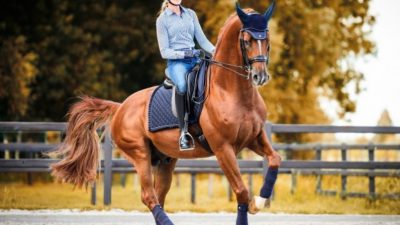
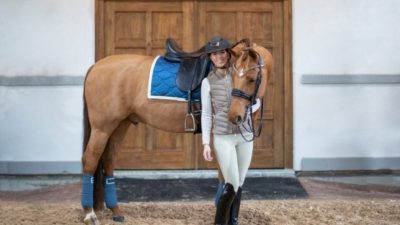
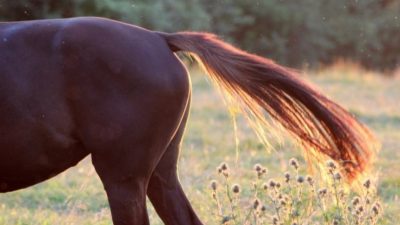


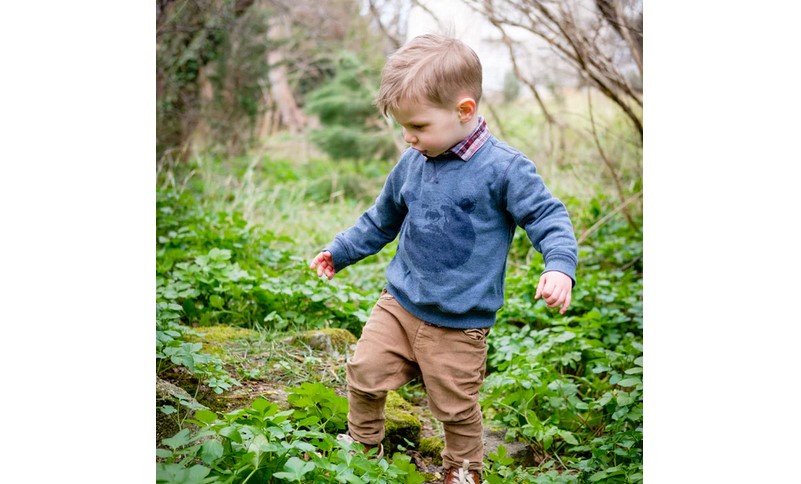






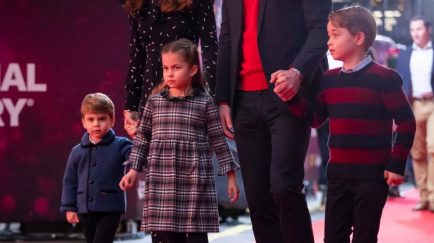
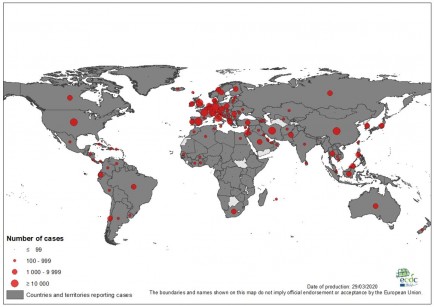
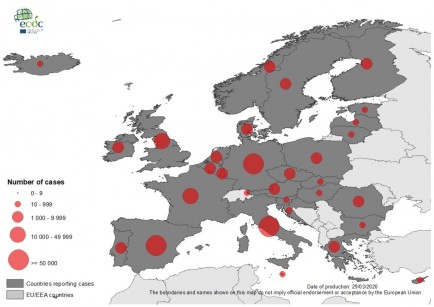
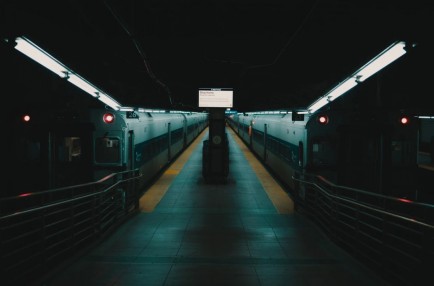
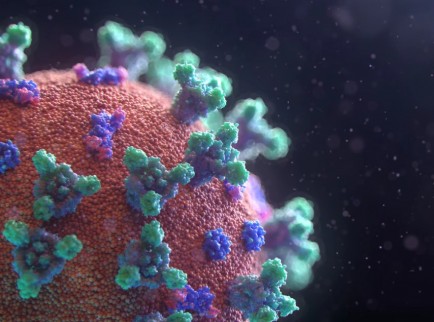
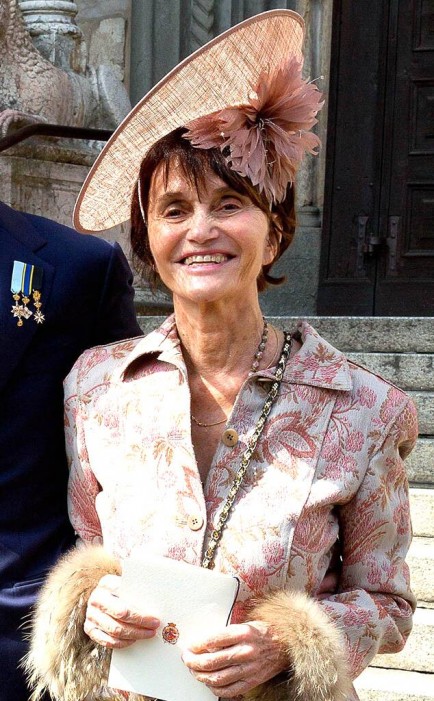
Comments